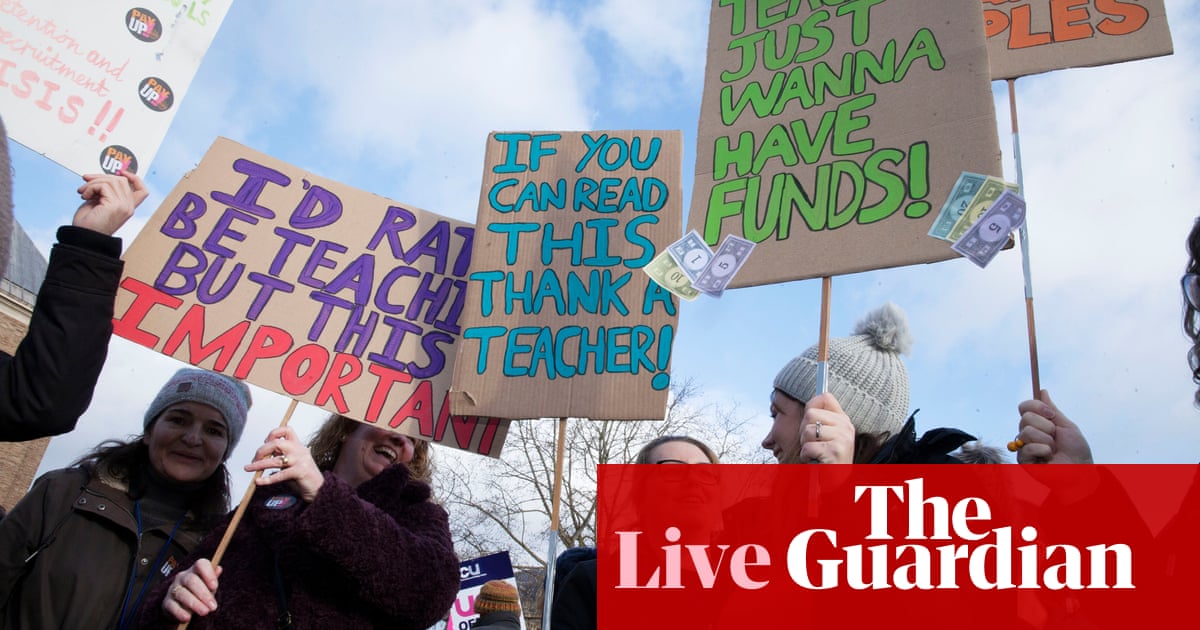
As the winter months of early 2020 drew to a close, spring seemed to bring unprecedented uncertainties because of the impact the coronavirus disease (COVID-19) was having on education. In the midst of a flurry of emerging and desperately needed information about the novel coronavirus, universities dominated the headlines. While teaching staff were still head-down trying to learn how to move their classes online, and while administrators were scrambling to make sense of the new challenges on a daily basis, universities were in the spotlight due to their target audience: The students.
Children and parents, most of whom were under strict national lockdowns, had to decide what to do about new college offers. So many people were unable to plan ahead that acceptance deadlines were pushed back by weeks, in some cases months. The longer the delay lasted, the more complexities came into the picture, not only for the freshers and their families, but also for the universities.
By spring, universities were struggling to maintain the quality of teaching in a radically new environment. Some were not certain they would continue to operate altogether, but the new intake and their parents wanted answers and a game plan. With travel across the world brought to a halt, embassies all but closed to visa applications, and great financial uncertainties putting university fees under scrutiny, universities and prospective students worldwide took a pause to think.
In July, Forbes magazine reported that the new intake of international students in US universities for 2020-2021 could be between 63 and 98 percent smaller than that of two years earlier. Fortunately, however, this grim prediction by the National Foundation for American Policy turned out to be worse than a more recent count suggests. According to a survey of 700 colleges and universities, the decline in the number of new international students who joined US universities this fall was about 43 percent. While this is not the quarter of a million students originally predicted, the total number is not yet available. In any case, the decline has dealt the sector a serious blow, as international students typically pay full fees, especially for undergraduate degrees. The trend of deferring to a later year, or moving to a different college, has been common for home students as well.
As the summer progressed, institutions of higher education were expected to announce whether they would be teaching online or in person. Universities seemed like they were watching each other, as if waiting to see who would jump first, with the smaller ones waiting for guiding trends from the big players. Many small schools, however, knew full well that their limited financial resources would likely force them to move in a different direction. Even the big players, such as Yale and its league, took their time to announce fall opening plans, with some delaying the promised announcement date multiple times. In a rare move, the University of Cambridge made an early decision to move all teaching online, but not everyone can afford the risks Cambridge can.
With many universities having sent home as many resident students as possible, zombie campuses were a telling sign
Tala Jarjour
With many universities having sent home as many resident students as possible, zombie campuses were a telling sign. Trust in higher education started to be shaken. Multimillion-dollar investment facilities quickly became a drain on budgets and, with faculty and students making do with whatever they had, the upper echelons of an operation typically perceived to be prestigious were in no rush to announce that they had, in fact, not planned for this scenario. Universities whose presidents spoke publicly reflected shifting climates and a gloomy financial outlook. The bottom line was an overwhelming need to minimize risk — all kinds of risk. An odd goal for academia, if one thinks about it.
Early on in the crisis, some universities warned that cuts were unavoidable, giving little information as to how and when they would occur, all the while sugar-coating doom-and-gloom-messages with caring language. Along with loss estimates in the seven digits, rhetoric of solidarity with staff — especially faculty — was not in short supply; the leaderships of some institutions went as far as reassuring faculty of a commitment to job retention. Sadly, however, universities are increasingly going back on some of these promises, and the trend is projected to continue. As the fall semester draws to an end, hardly a week passes without reports of ruthless cuts emerging in the US or the UK. Dozens, in some cases hundreds, of faculty lines and staff jobs are being eliminated, and many institutions have let go untenured staff. Hard-negotiated salary increases are foregone in one place, retirement contributions scrapped in another. Globally, department closures and program cuts are as many as they are painful to behold.
Universities draw funding from a number of sources, among them states and governments. The dip in tuition fees this year and next will coincide with local budgetary cuts. States in the US now face new cuts for essentials in order to meet COVID-19 vaccine distribution costs — and these essentials include education. This follows previous cuts in recent years: A trend that has reached universities in the UK. Even schools that have endowments (some being dug into and in some cases used up to weather the storm) will have to come up with alternative sources of income. More than ever, universities are inevitably needing to partner with big business.
Estimated losses are more damaging in some cases than in others, but concern is fundamentally for the longer term. Only wealthy institutions can afford the luxury of thinking of the long term now, as some have already started turning the proverbial chairs upside down in preparation for closing shop.
“Building the ship as we sail it” are words from the title of a poem by Kay Ryan. The American poet’s words, quoted recently by a top British politician on his government’s response to COVID-19, are an apt description of how higher education is managing the current crisis. For a sector that prides itself on sound fiscal planning, universities would be better served keeping their focus on the core reason for their existence, and to make that their most valued commodity.
• Tala Jarjour is author of “Sense and Sadness: Syriac Chant in Aleppo.” She is Visiting Research Fellow at King’s College London, and Associate Fellow of the Yale College.
Disclaimer: Views expressed by writers in this section are their own and do not necessarily reflect Arab News" point-of-view












